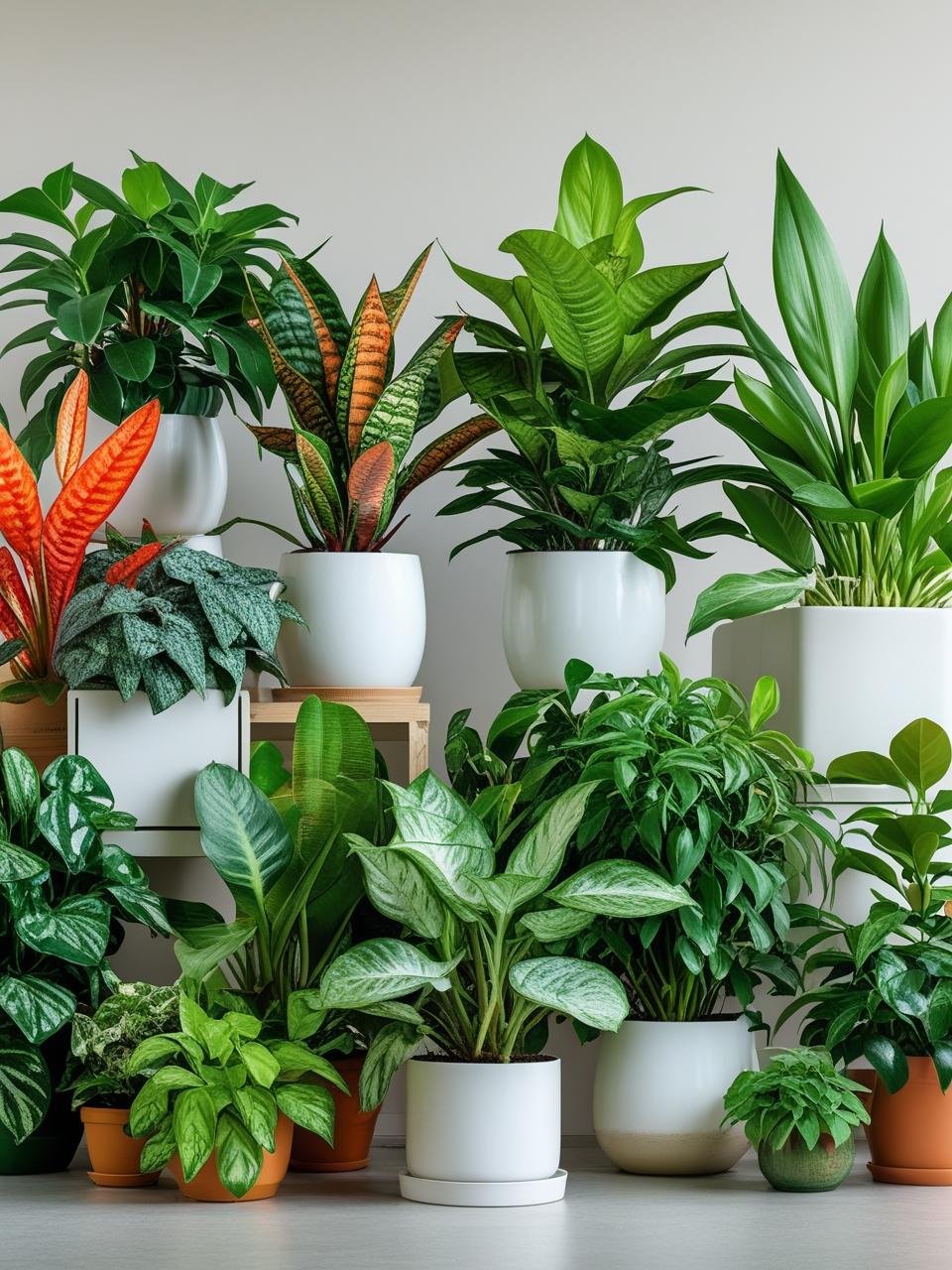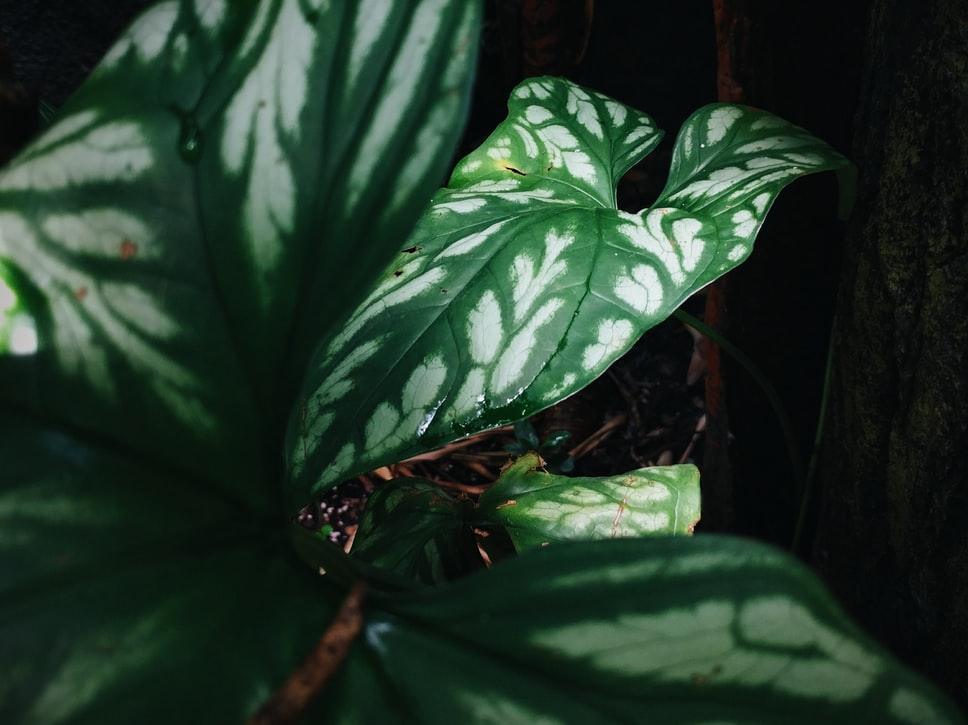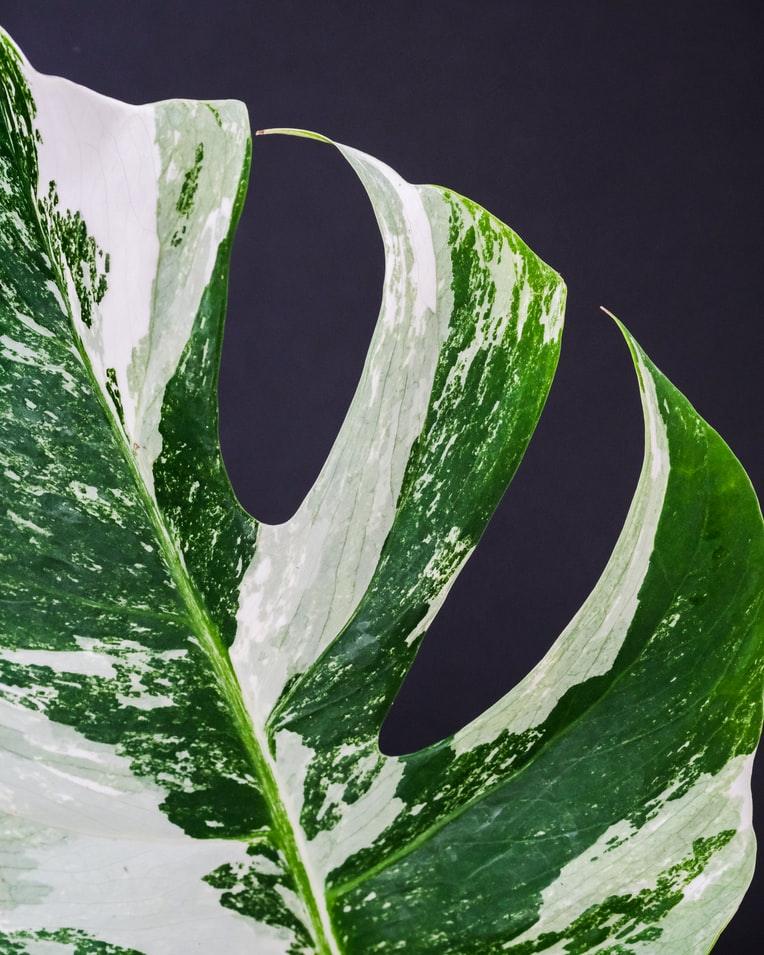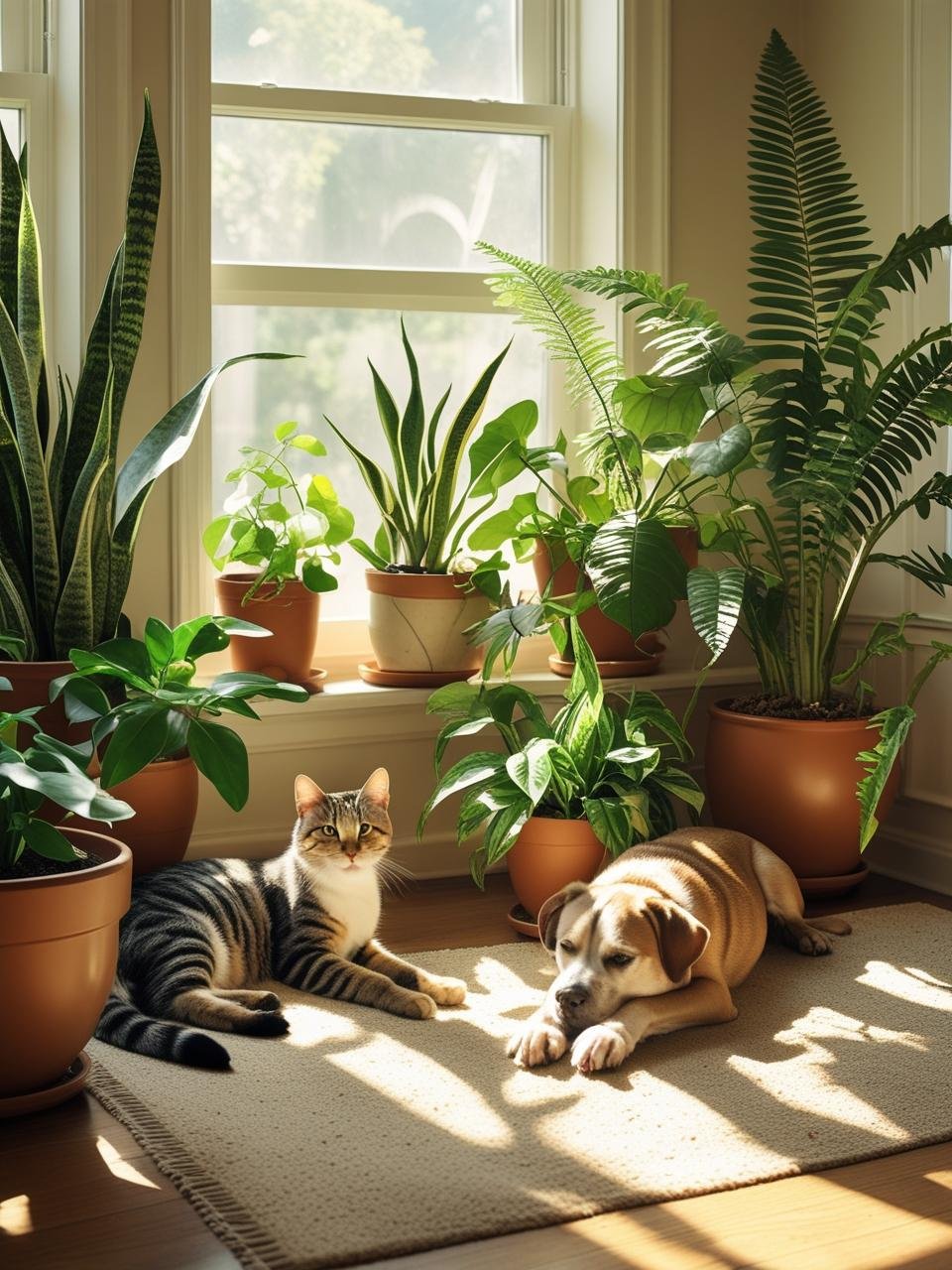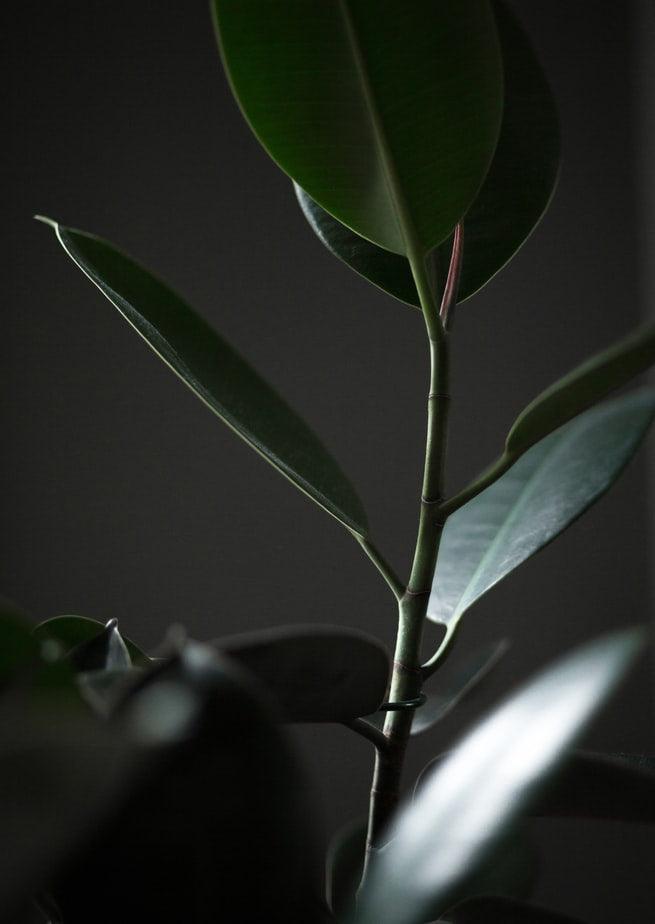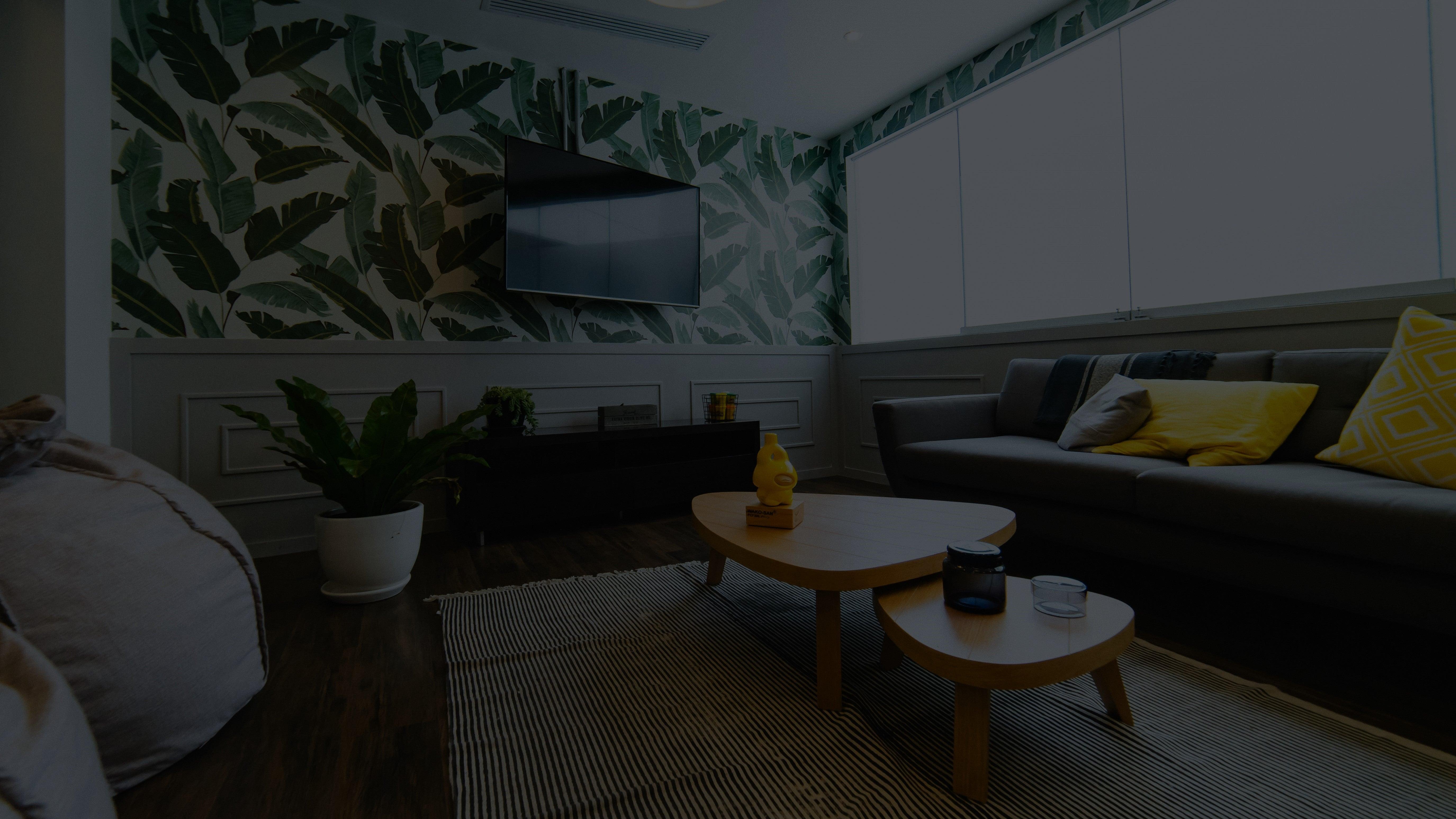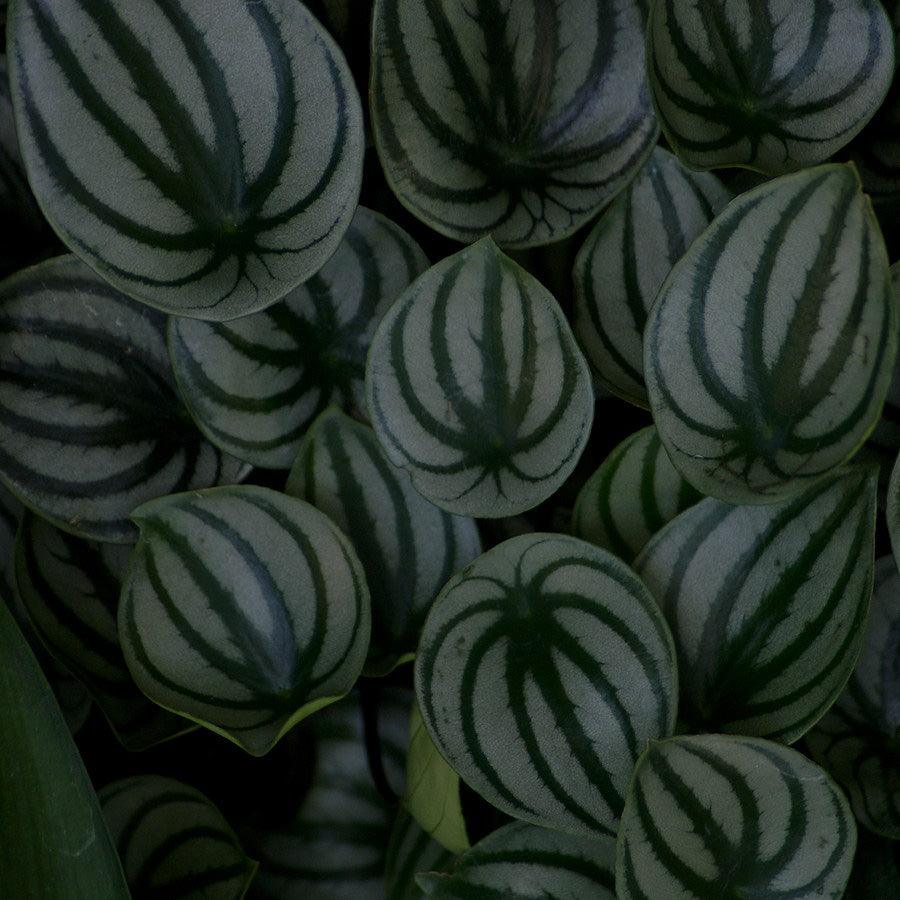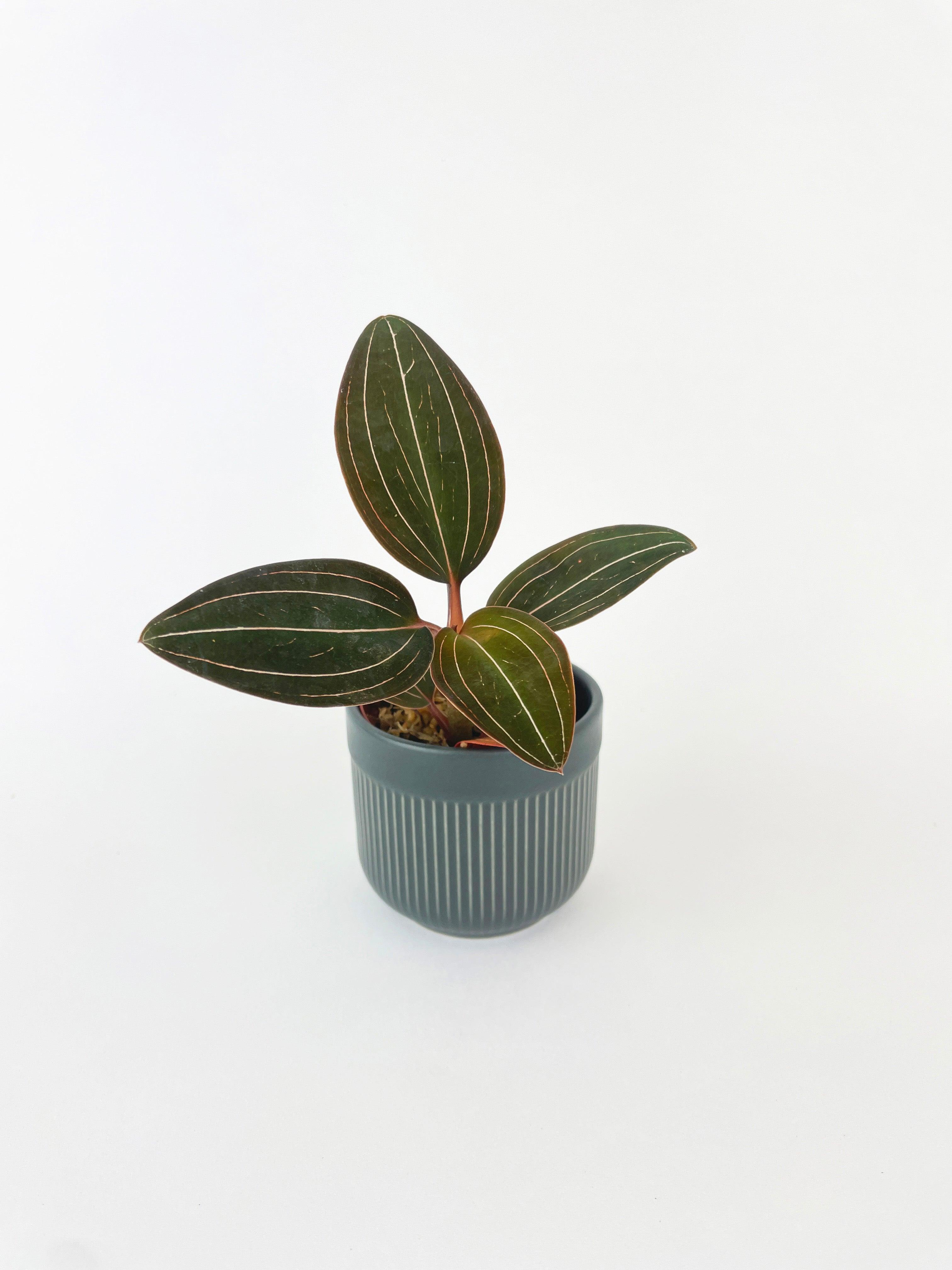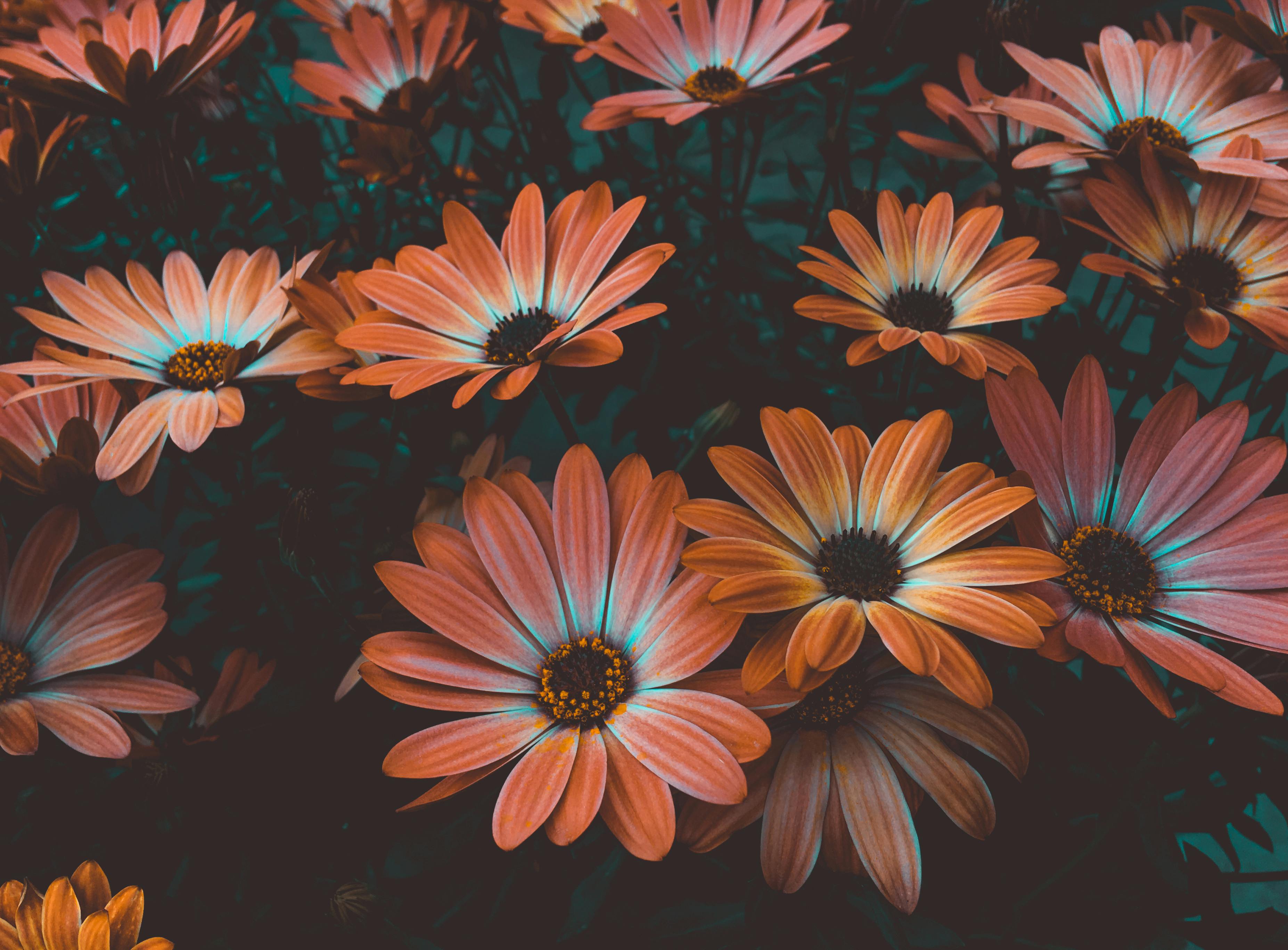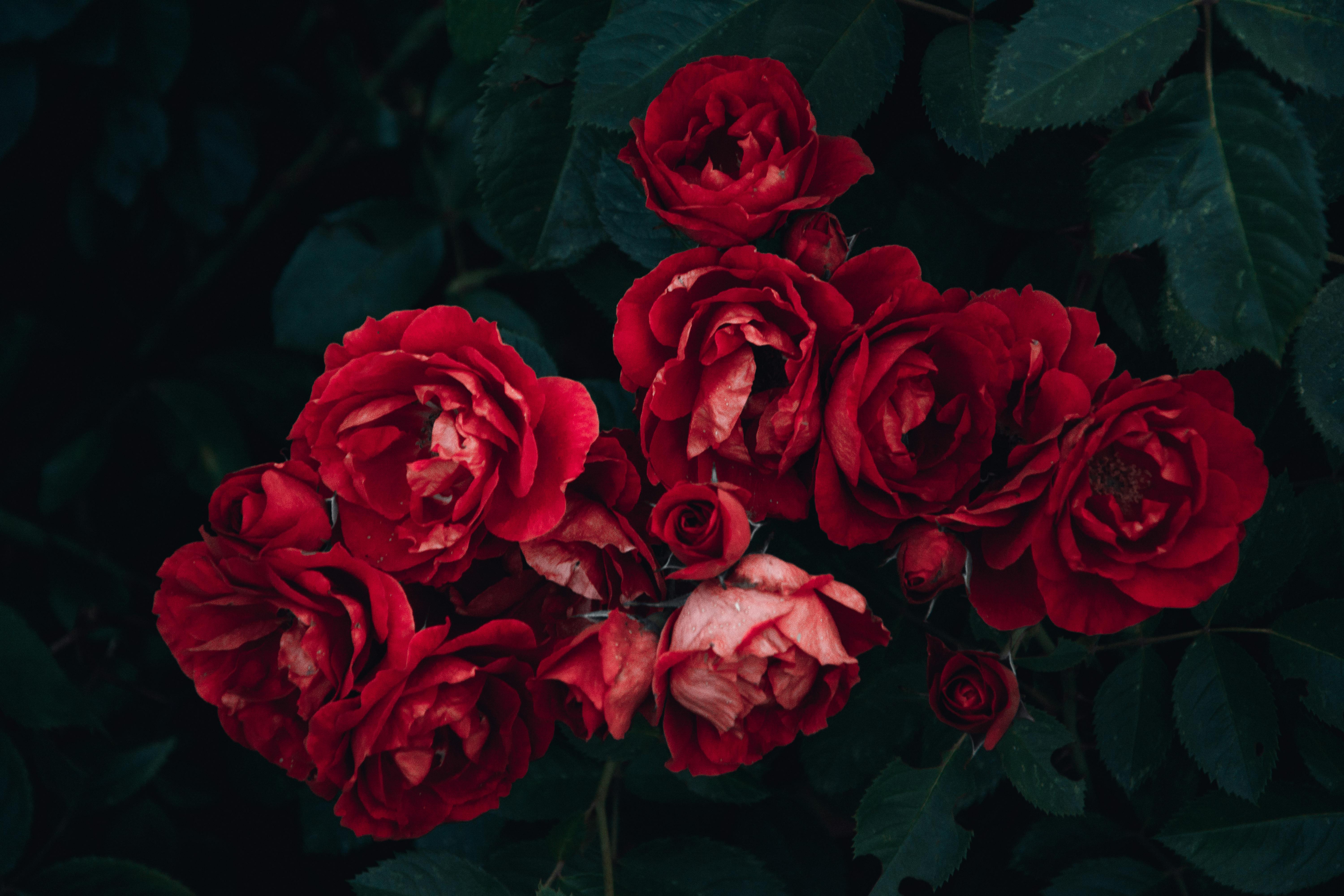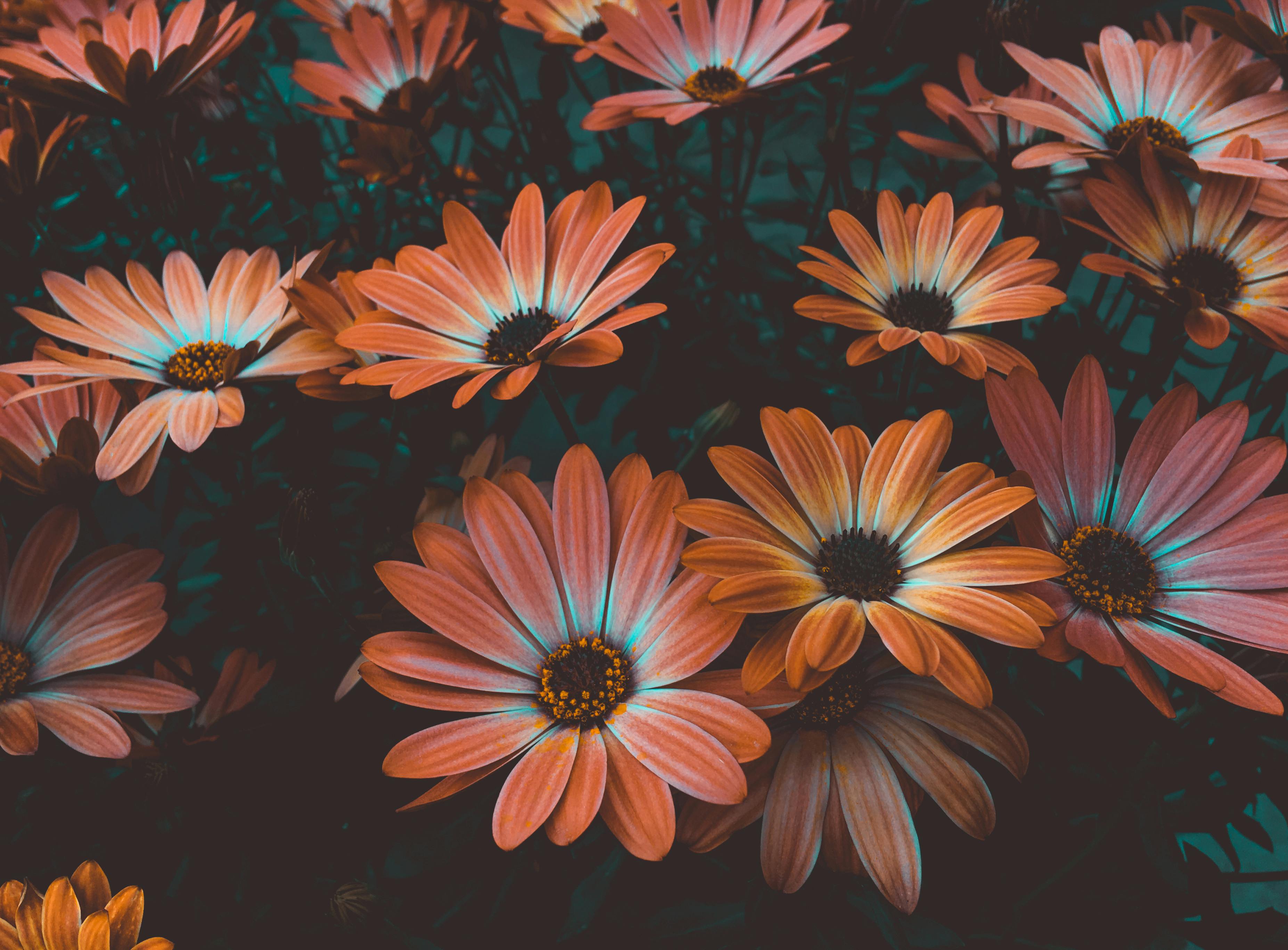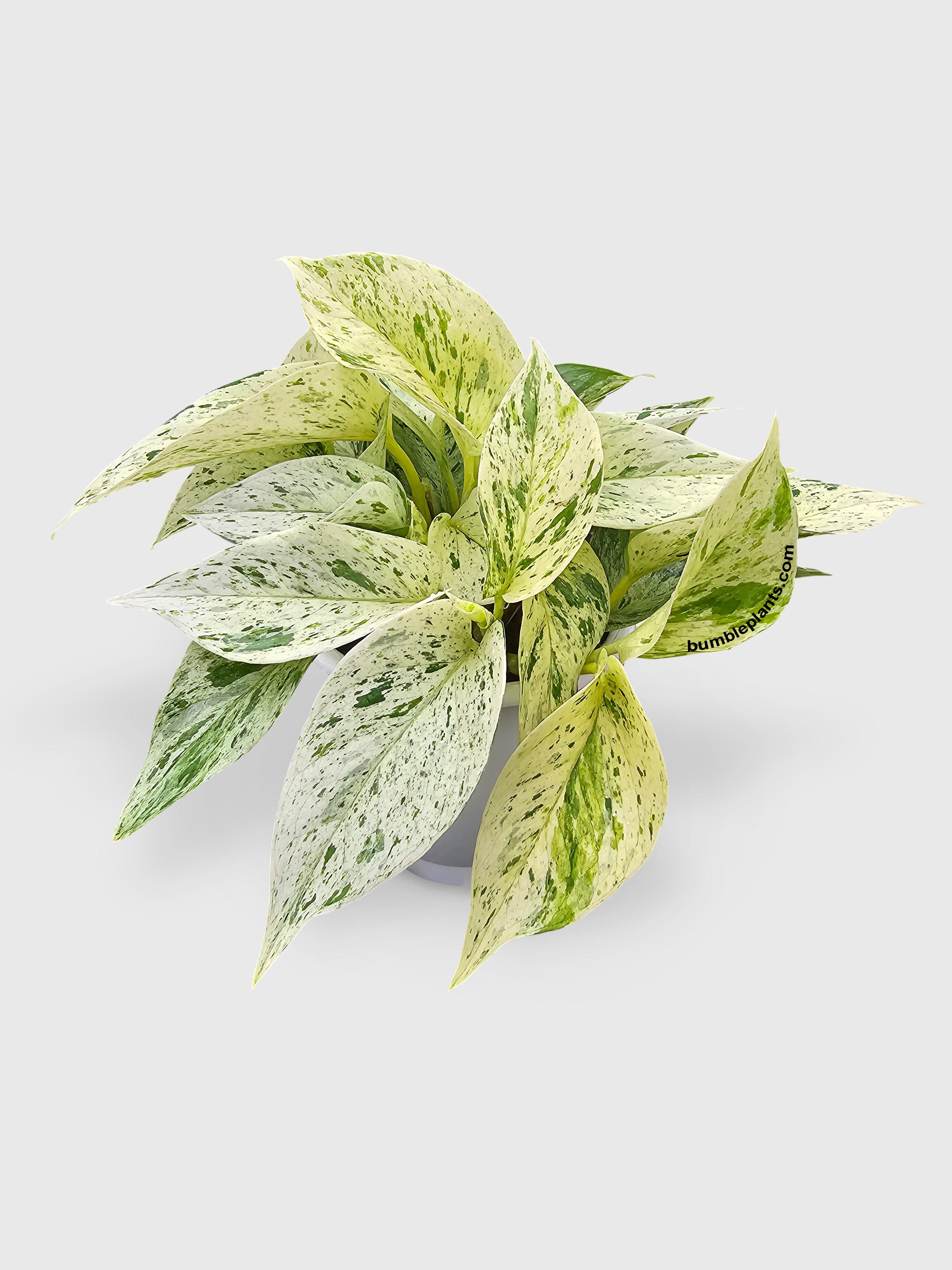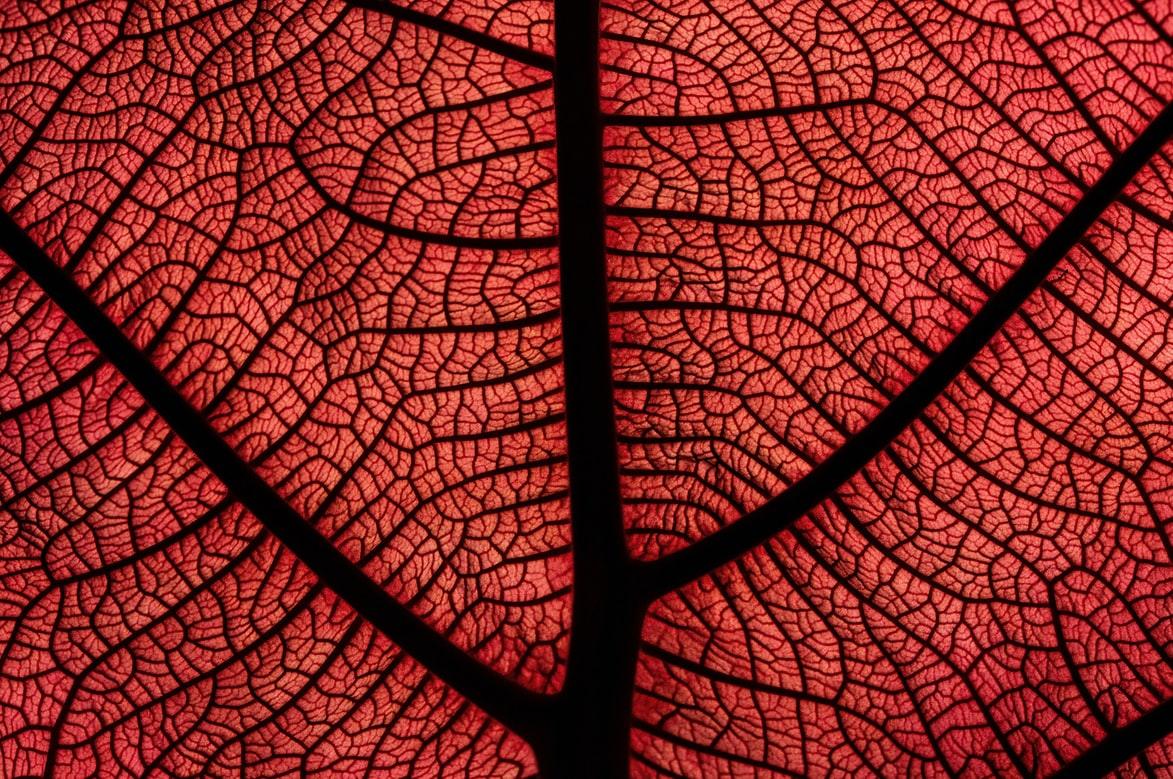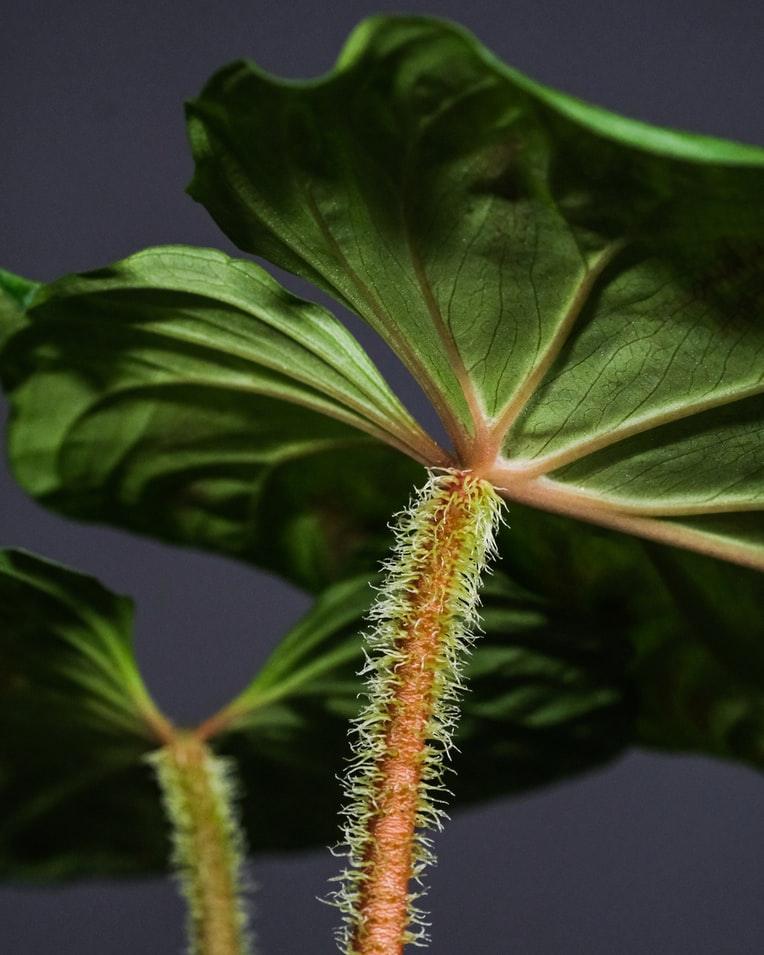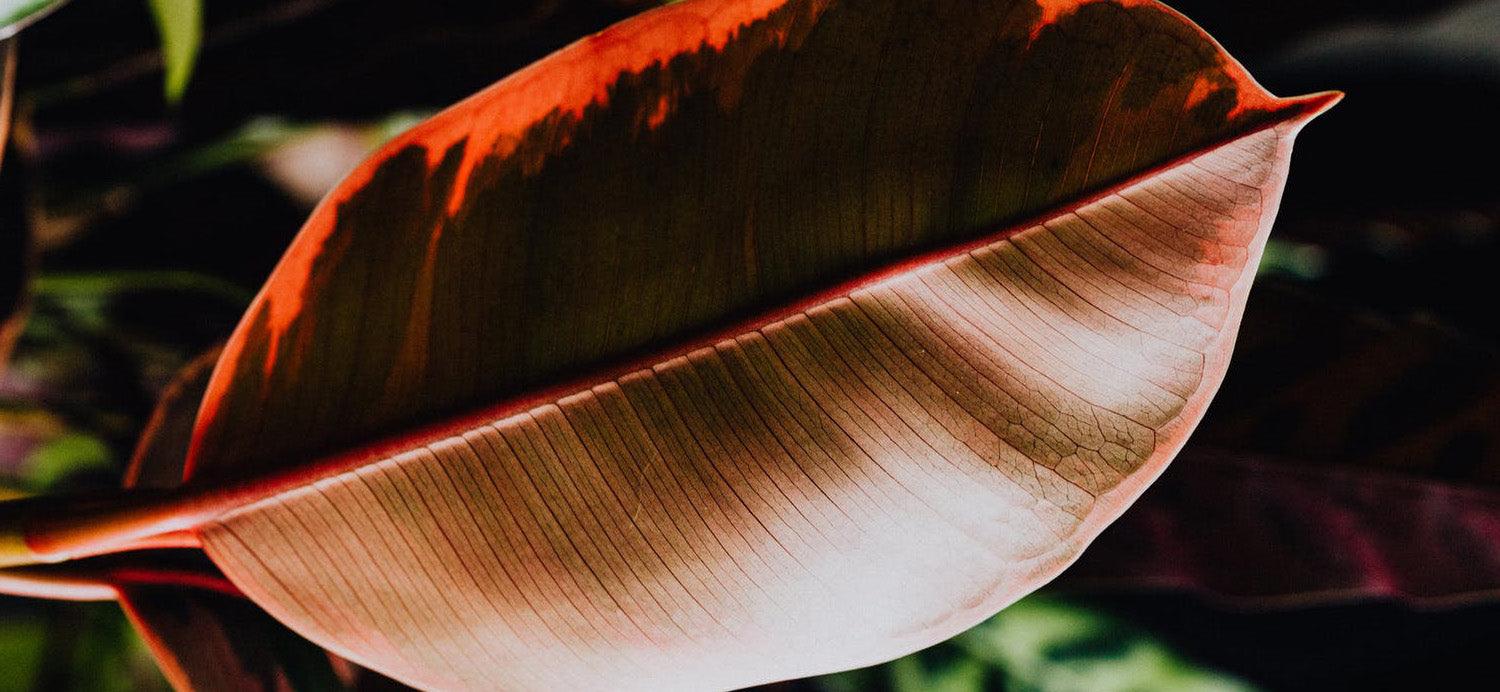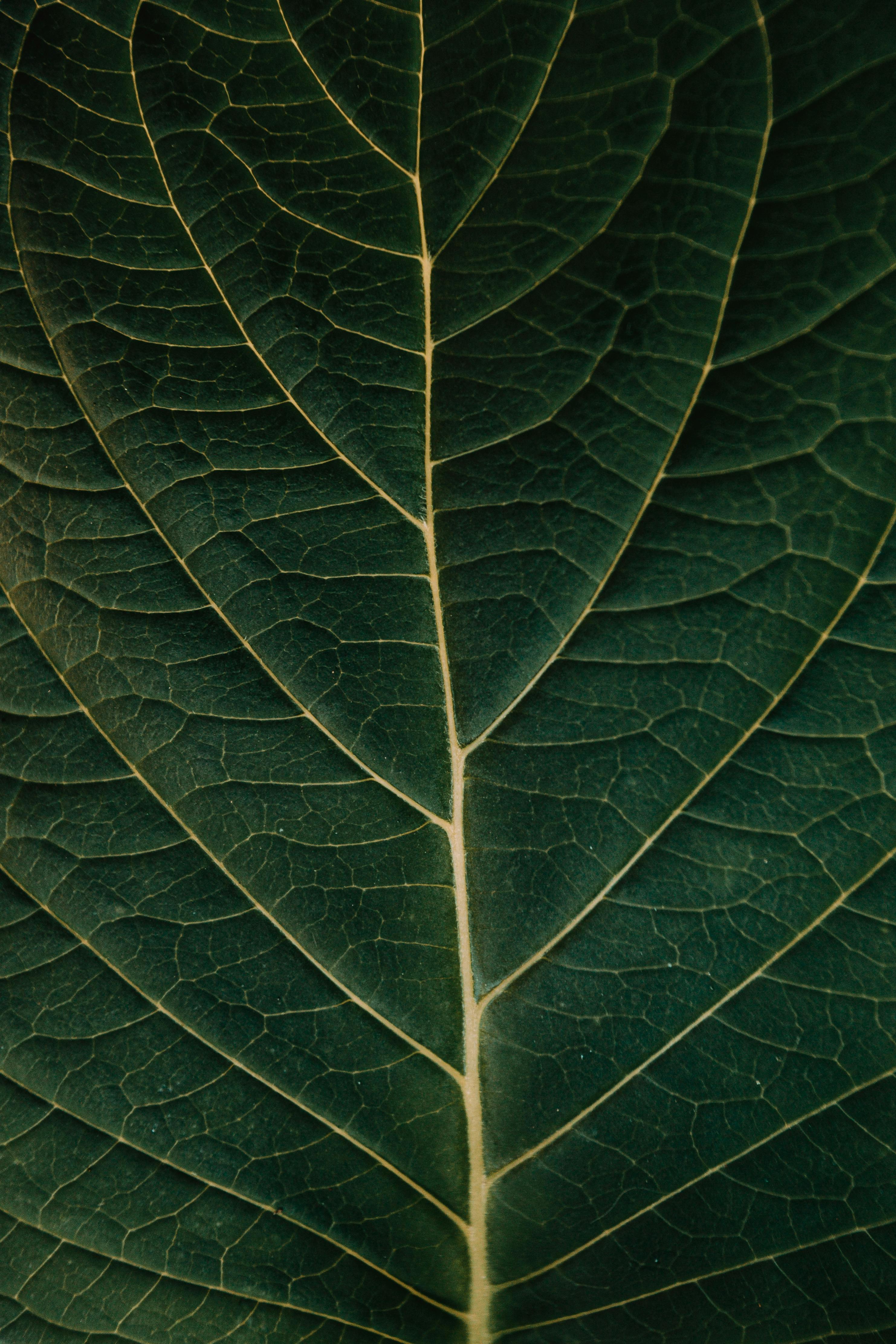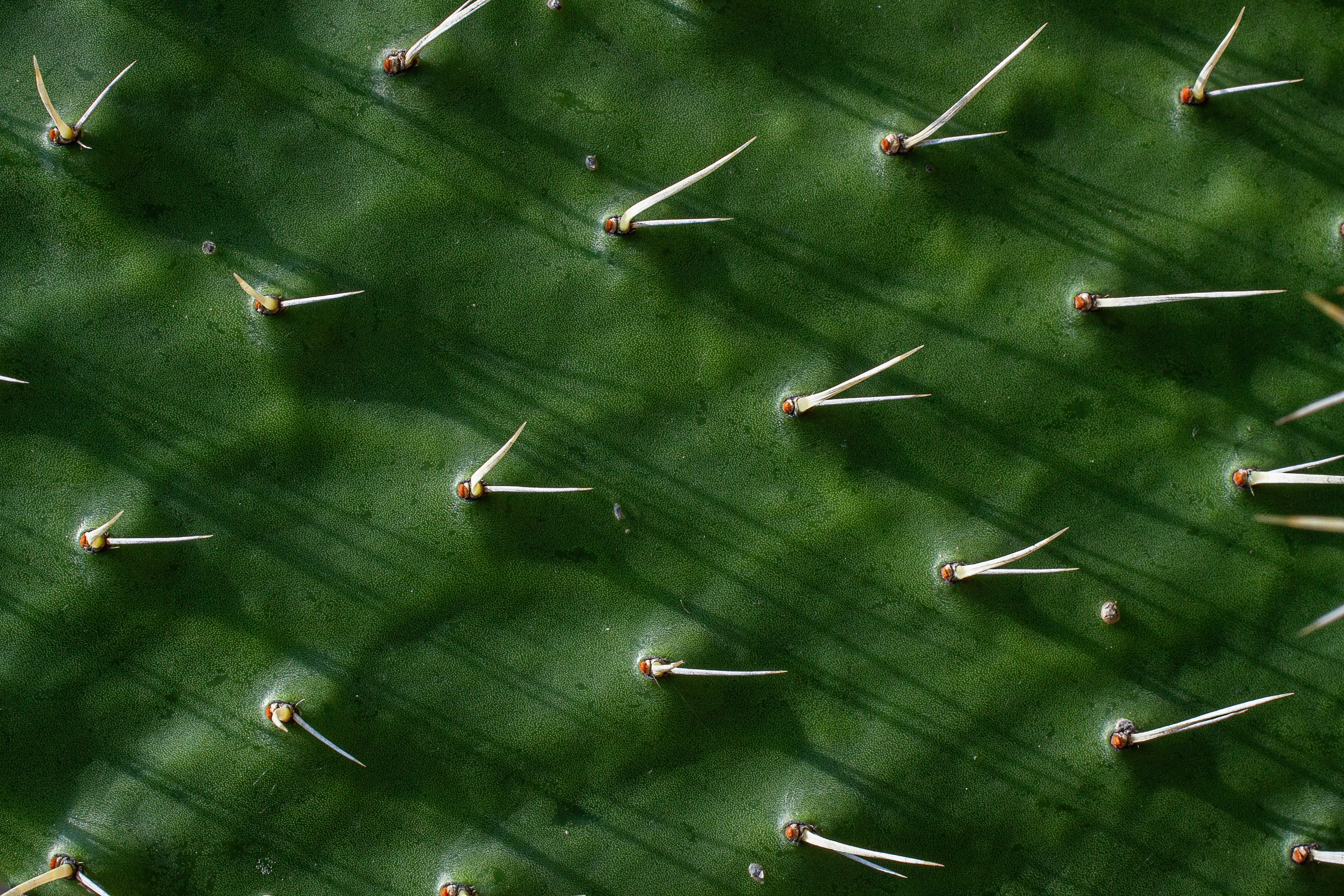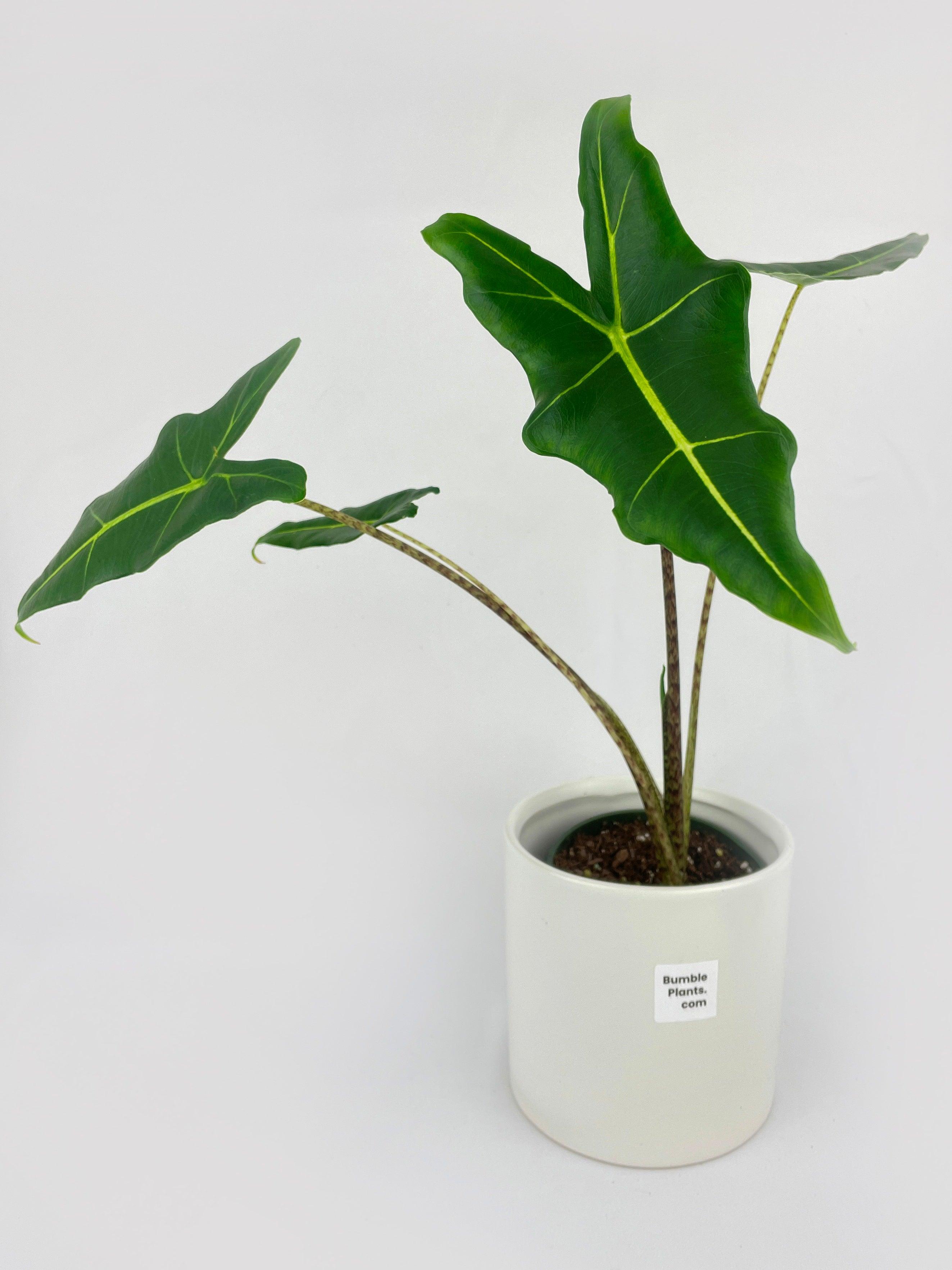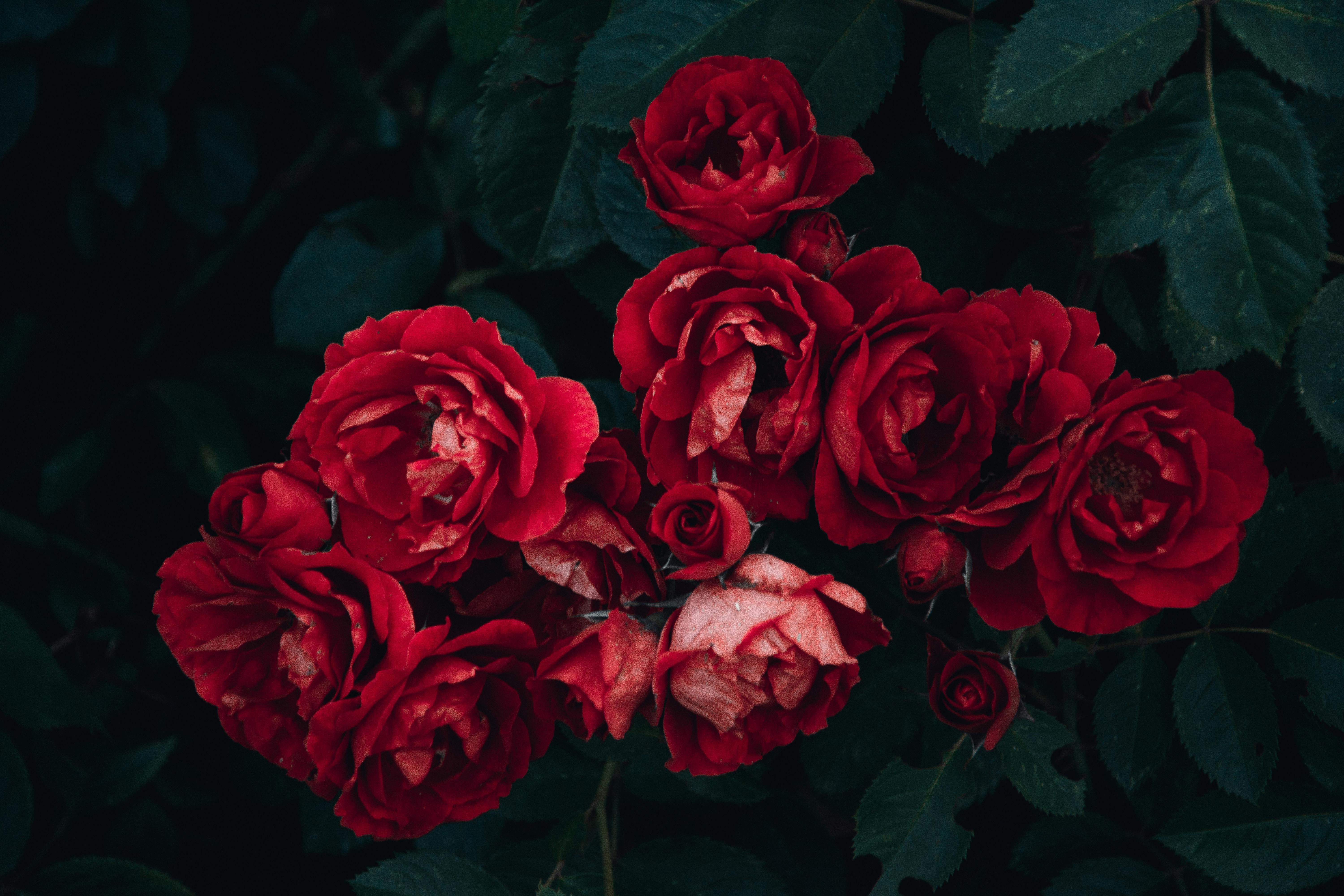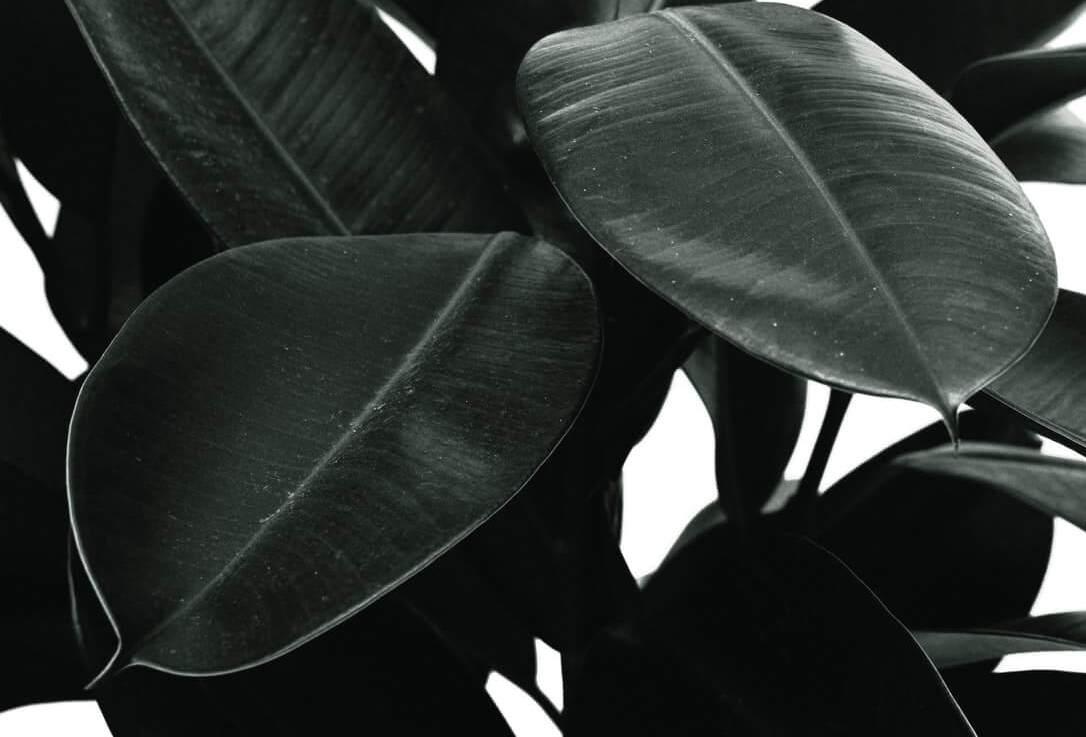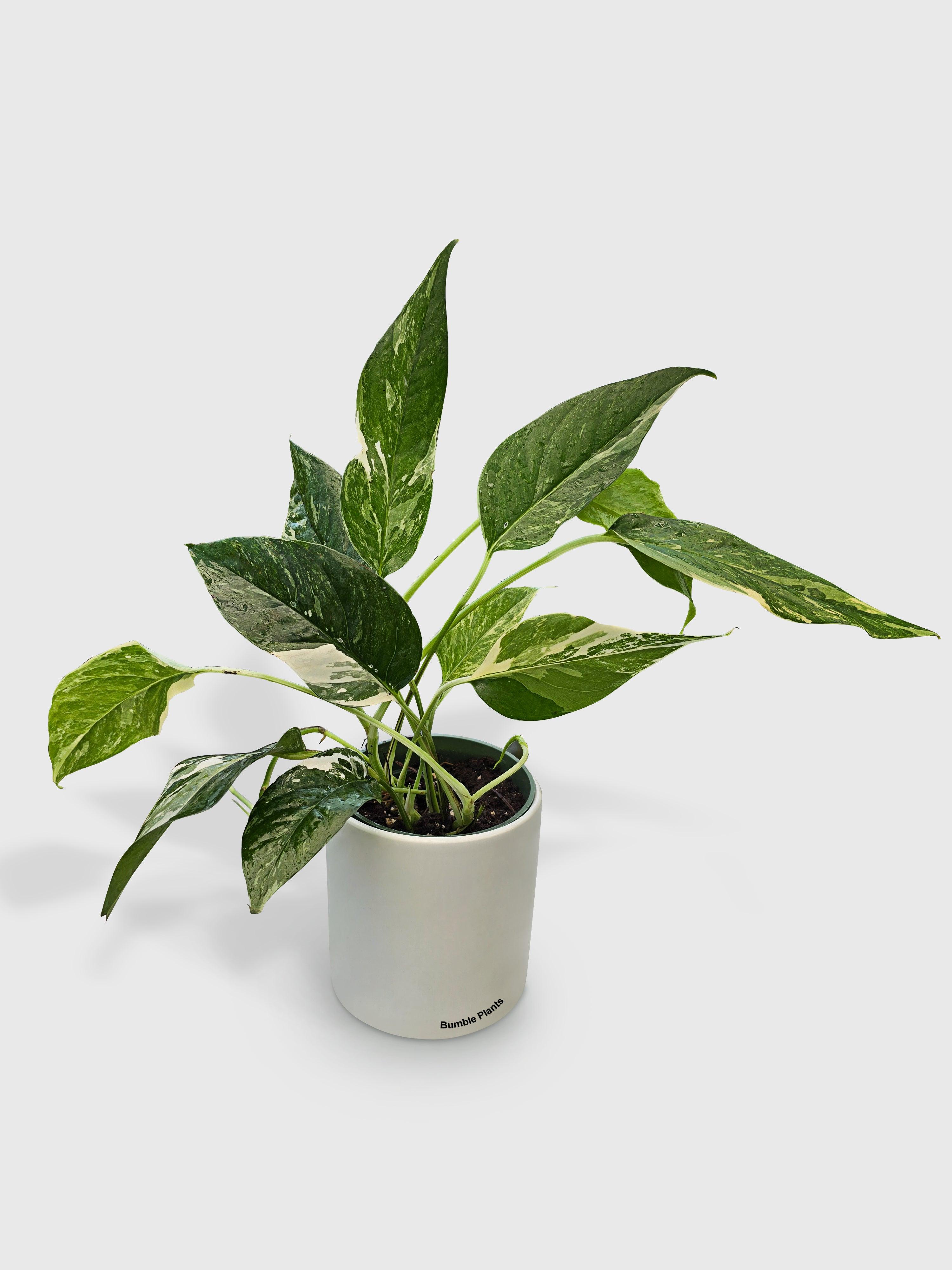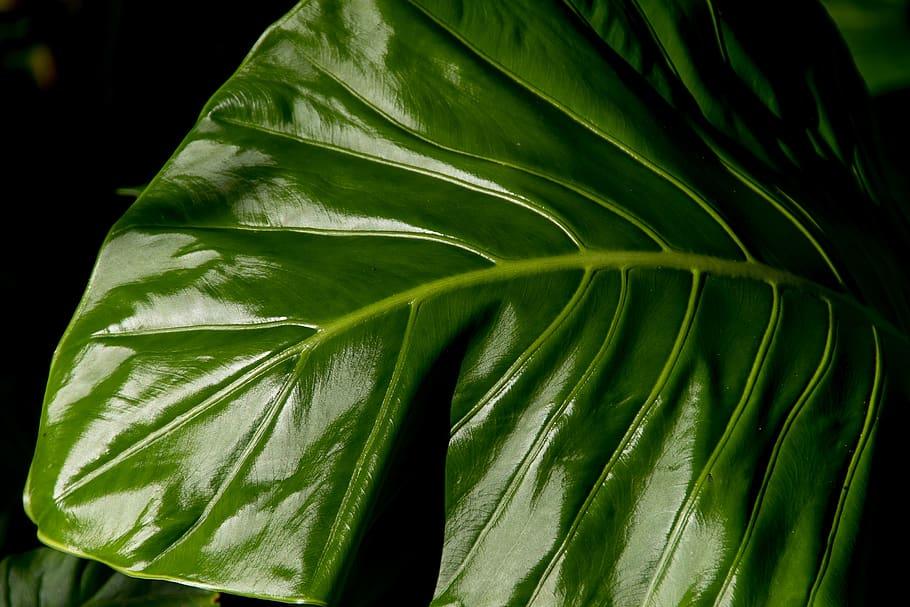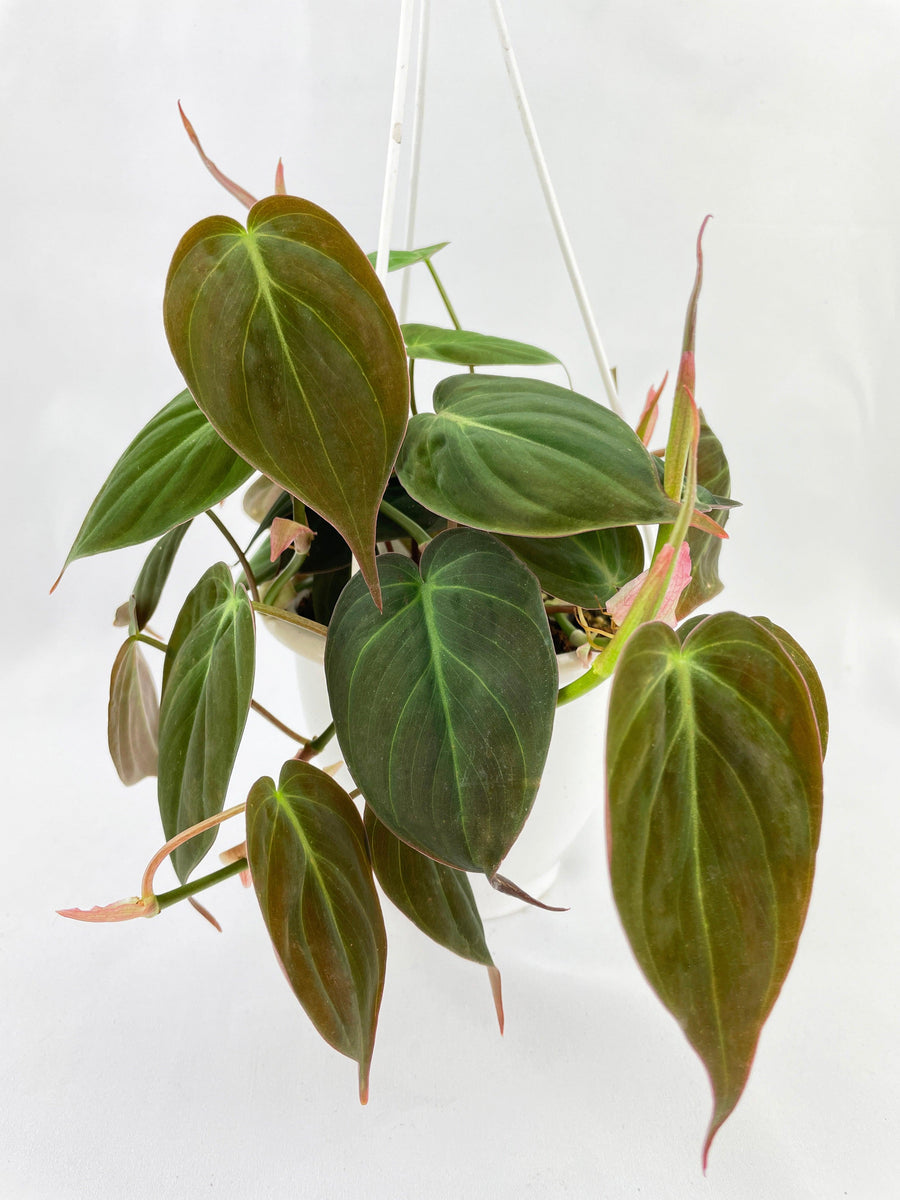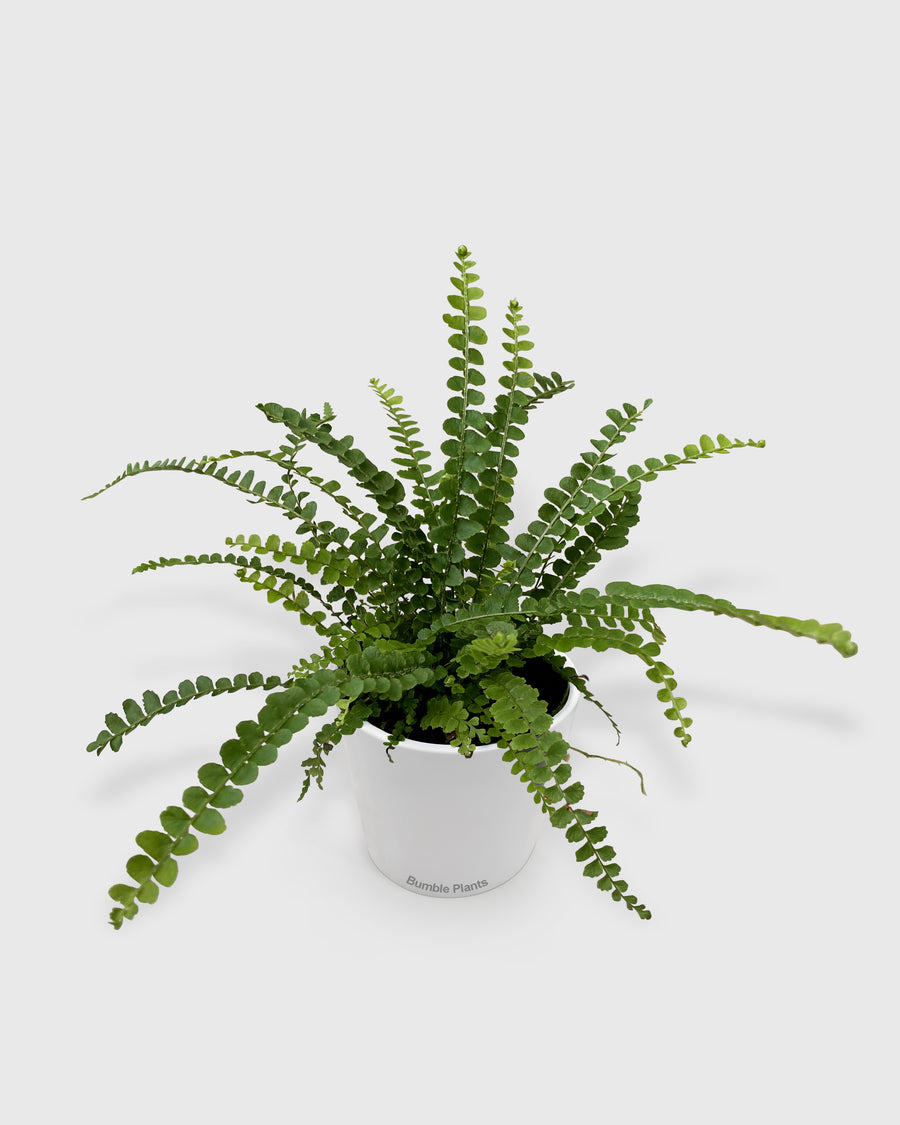The Ultimate Guide to Choosing the Perfect Indoor Trees for Your Home
Indoor trees have become increasingly popular as they enhance the aesthetic appeal of your home and offer numerous health benefits. Incorporating indoor trees into your living space can purify the air, reduce stress, and create a calming ambiance. This comprehensive guide will explore everything you need to know about choosing the perfect indoor trees for your home.
Benefits of Indoor Trees
Indoor trees offer many benefits, making them an excellent addition to any home decor. One of the most notable advantages of indoor trees is their ability to purify the air within your living space. Through photosynthesis, indoor trees absorb harmful pollutants such as formaldehyde, benzene, and carbon monoxide, improving indoor air quality. Species like the Peace Lily (Spathiphyllum) and the Snake Plant (Sansevieria) excel in this role, acting as natural air purifiers and enhancing the overall health of your home environment. Moreover, indoor trees contribute significantly to the aesthetic appeal of your home. With their diverse shapes, sizes, and foliage colors, indoor trees are striking decorative elements that can transform any room. Whether you're drawn to the bold foliage of a Fiddle Leaf Fig (Ficus lyrata) or the delicate beauty of a Maidenhair Fern (Adiantum), there's an indoor tree to suit every taste and style. By incorporating indoor trees into your home decor, you bring a touch of nature indoors and create a vibrant and inviting atmosphere for yourself and your guests to enjoy.
Considerations Before Choosing Indoor Trees
Before selecting indoor trees for your home, several important factors must be considered to ensure your plants' optimal growth and health. Firstly, it's essential to assess the available space in your home and choose indoor trees that fit the room's dimensions. For smaller spaces, compact indoor tree species like the Money Tree (Pachira aquatica) or the Dwarf Umbrella Tree (Schefflera arboricola) are ideal choices. At the same time, larger rooms can accommodate taller species, such as the Weeping Fig (Ficus benjamina) or the Norfolk Island Pine (Araucaria heterophylla). Additionally, understanding the lighting requirements of indoor trees is crucial for their well-being. Some species thrive in bright, indirect light, while others prefer low-light conditions. Consider the natural light levels in different areas of your home and choose indoor trees that match those conditions. For example, the Snake Plant (Sansevieria) and the ZZ Plant (Zamioculcas zamiifolia) are excellent options for low-light areas, while the Rubber Plant (Ficus elastica) and the Bird of Paradise (Strelitzia reginae) thrive in bright, indirect sunlight. Lastly, it's essential to consider the maintenance level of indoor trees before selecting them. While some species require minimal care and attention, others may need more demanding maintenance. Factors such as watering frequency, pruning requirements, and susceptibility to pests should all be considered. Choosing indoor trees that align with your lifestyle and schedule will ensure a positive and rewarding experience as a plant parent.
Popular Indoor Tree Species
When selecting indoor trees for your home, there are several popular species to consider, each with unique characteristics and care requirements. One of the most beloved indoor trees is the Fiddle Leaf Fig (Ficus lyrata), known for its large, glossy leaves and striking appearance. The Fiddle Leaf Fig thrives in bright, indirect light and requires regular watering to moisten its soil. Another popular choice is the Rubber Plant (Ficus elastica), valued for its attractive, glossy foliage and easy-care nature. Rubber Plants prefer bright, indirect light and should be watered when the top inch of soil feels dry. Regular pruning can help maintain the Rubber Plant's desired shape and promote healthy growth. The Snake Plant (Sansevieria) is an excellent choice for those seeking a low-maintenance indoor tree option. With its upright, sword-shaped leaves and tolerance for low light and infrequent watering, the Snake Plant is virtually indestructible and ideal for beginners or those with busy lifestyles. Additionally, the Money Tree (Pachira aquatica) is a famous indoor tree known for its braided trunk and symbolism of prosperity and good fortune. Money Trees thrive in bright, indirect light and require regular watering to moisten their soil.
Tips for Caring
Proper care is essential for ensuring the health and longevity of indoor trees in your home. One of the most important aspects of indoor tree care is watering. It's crucial to water indoor trees consistently but not excessively, allowing the soil to dry out slightly between waterings to prevent root rot. Different species have varying water requirements, so it's essential to research the specific needs of your indoor trees and adjust your watering schedule accordingly. In addition to watering, pruning is another important aspect of indoor tree care. Regular pruning helps maintain the shape and size of indoor trees, promotes healthy growth, and removes any dead or diseased branches. Use sharp, clean pruning shears and cut just above a leaf node to encourage new growth.
Furthermore, indoor trees may be susceptible to pests like spider mites, aphids, and scale insects. Regularly inspecting your indoor trees for signs of pests and promptly addressing any infestations is essential for preventing plant damage. Natural pest control methods such as neem oil or insecticidal soap can effectively treat minor pest problems without harming indoor trees. Lastly, providing adequate light and humidity is vital for the health of indoor trees. Most indoor tree species thrive in bright, indirect light, so placing them near windows or under grow lights can help ensure they receive the necessary light for optimal growth. Additionally, maintaining humidity levels by misting your indoor trees or placing them on a pebble tray filled with water can help prevent dryness and keep your plants healthy and vibrant.
Conclusion
In conclusion, incorporating indoor trees into your home decor can be a rewarding experience, offering both aesthetic beauty and numerous health benefits. By selecting suitable indoor trees for your space, you can improve indoor air quality, reduce stress levels, and create a tranquil and inviting atmosphere for yourself and your loved ones. Consider factors such as space availability, lighting requirements, and maintenance level when choosing indoor trees for your home. Don't hesitate to explore the variety of popular indoor tree species available to find the perfect fit for your style and preferences. With proper care and attention to watering, pruning, and pest control, your indoor trees will thrive and bring joy and vitality to your living space for years to come. So why wait? Bring the beauty of nature indoors today with the perfect indoor trees for your home.


